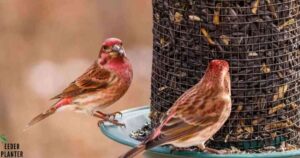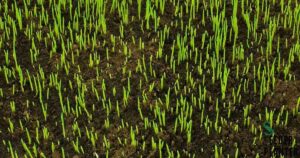Pansies, with their cheerful faces and vibrant hues, have long been a favorite among gardeners. But did you know that growing these delightful flowers from seed can be a rewarding and cost-effective way to fill your garden with color? In this comprehensive guide, we’ll explore everything you need to know about pansy seed germination, care, and propagation, ensuring your garden bursts with these charming blooms year after year.
Understanding the Pansy Plant Lifecycle
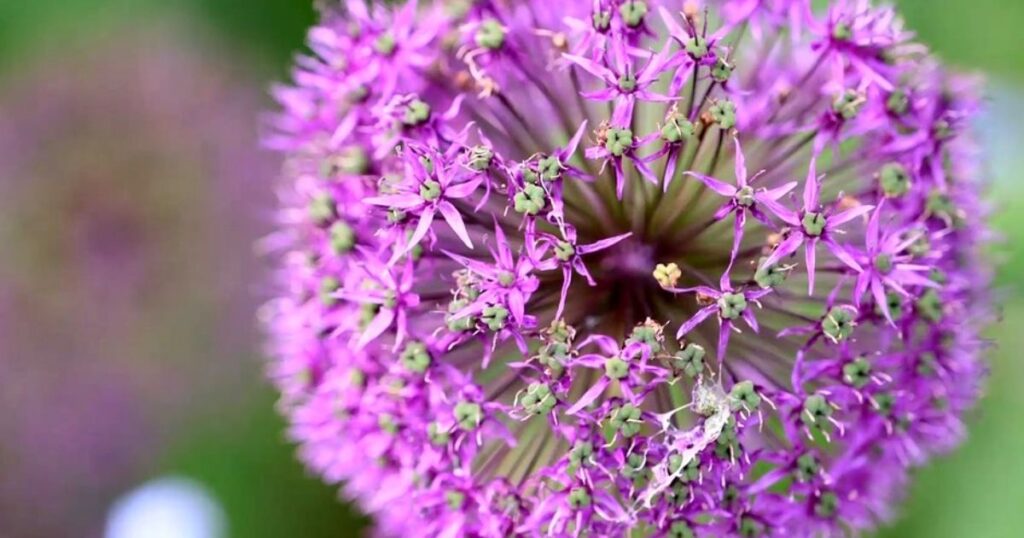
Before we dive into the nitty-gritty of seed collection and germination, it’s crucial to understand the pansy’s lifecycle. Pansies can be either annual or biennial, depending on the variety and climate.
Annual vs. Biennial Pansies pansy seeds from plants
- Annual pansies: Complete their lifecycle in one growing season
- Biennial pansies: Take two years to complete their lifecycle, often blooming in the second year
Most garden pansies are treated as annuals, regardless of their natural lifecycle. This is because they tend to become leggy and produce fewer flowers after their initial blooming period.
Flowering Periods and Seed Production Timing
Pansies typically bloom in spring and fall, with a dormant period during the hottest summer months. The best month to plant pansies depends on your climate:
- In cooler regions: Plant in early spring for summer blooms
- In warmer areas: Plant in fall for winter and early spring flowers
Seed production occurs after flowering. To collect seeds, you’ll need to wait until the seed pods have dried on the plant.
Impact of Climate on Seed Development
Climate plays a significant role in pansy seed development:
| Climate Factor | Impact on Seed Development |
| Temperature | Affects seed maturation rate |
| Humidity | Can influence seed quality |
| Sunlight | Essential for photosynthesis and energy storage in seeds |
Pansy temperature tolerance is quite impressive. They can withstand light frosts and continue to bloom in temperatures as low as 25°F (-4°C).
Identifying Prime Pansy Seeds
Knowing when and how to collect seeds is crucial for successful propagation.
Visual Cues of Mature Seed Pods
Look for these signs of seed pod maturity:
- Pods turn brown and begin to split
- Seed capsules feel dry and papery
- Plant’s flowers have faded and fallen off
Optimal Harvesting Window
The best time to harvest pansy seeds is on a dry day, typically 2-3 weeks after the flowers have faded. This ensures the seeds are fully mature and dry.
Differences Between Hybrid and Open-Pollinated Pansy Seeds
- Open-pollinated seeds: Will produce plants similar to the parent
- Hybrid seeds: May not produce plants identical to the parent, but can result in interesting new varieties
Best Time to Plant Grass Seed in the Northeast: A Comprehensive Guide
“Collecting seeds from your pansies is like capturing a piece of your garden’s history.” – Experienced Gardener
Harvesting Techniques for Pansy Seeds
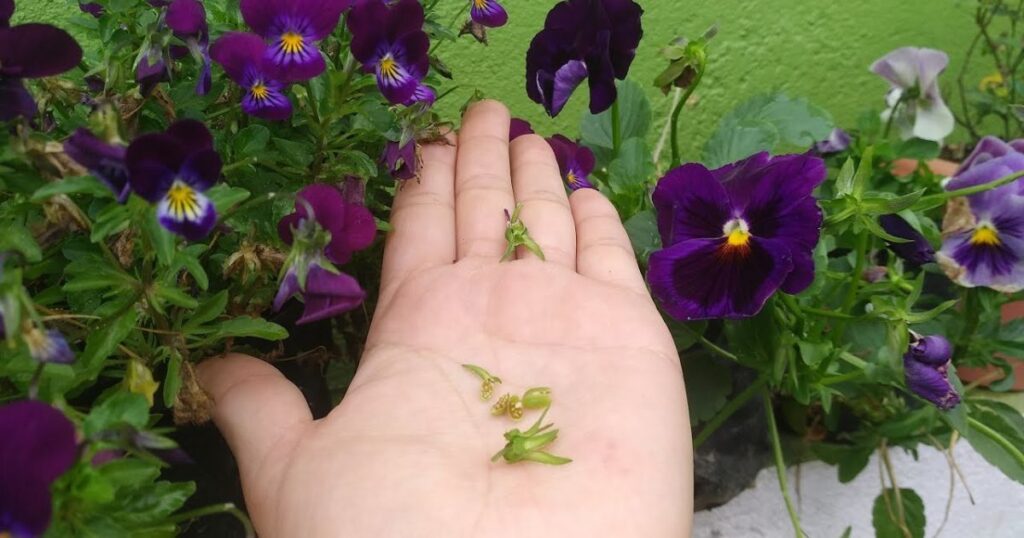
Proper harvesting techniques ensure you collect viable seeds for future plantings.
Tools Needed for Seed Collection
- Small paper envelopes or bags
- Scissors or pruning shears
- Fine-mesh sieve (optional)
Step-by-Step Seed Extraction Process
Cut off the entire seed pod when it’s dry and brown
Place the pod in a paper envelope
Gently crush the pod to release the seeds
Separate the seeds from the chaff using a fine-mesh sieve
Common Pitfalls and How to Avoid Them
- Harvesting too early: Seeds may not be viable
- Collecting in wet conditions: Can lead to moldy seeds
- Mixing varieties: Label each seed collection carefully
Seed Processing and Storage
Proper processing and storage are key to maintaining seed viability.
Cleaning and Drying Methods
- Spread seeds on a paper towel in a single layer
- Allow to air dry for 1-2 weeks in a cool, dry place
- Remove any remaining plant debris
Ideal Storage Conditions for Longevity
- Store in airtight containers or paper envelopes
- Keep in a cool, dry place (ideally around 40°F or 4°C)
- Add a silica gel packet to absorb excess moisture
Labeling and Organizing Your Seed Collection
Create detailed labels including:
- Variety name
- Date of collection
- Any special characteristics
Pansy Seed Germination Secrets
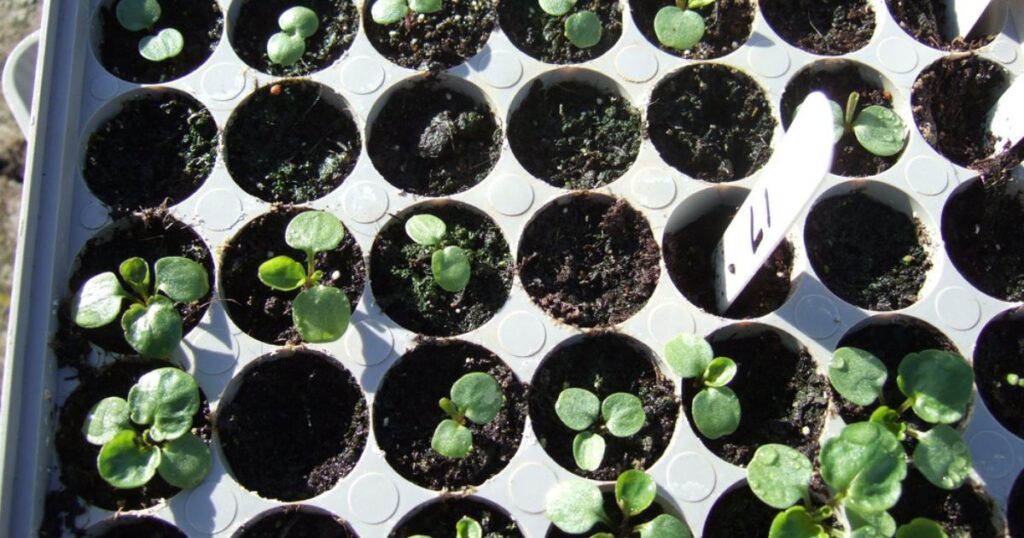
Pansy seed germination can be tricky, but with the right techniques, you can achieve high success rates.
Stratification: Mimicking Nature’s Cold Treatment
Stratification is crucial for many pansy varieties:
- Place seeds in a damp paper towel
- Seal in a plastic bag
- Refrigerate for 1-2 weeks
Optimal Soil and Temperature Conditions
- Use a well-draining seed starting mix
- Maintain soil temperature between 65-70°F (18-21°C)
- Keep soil consistently moist but not waterlogged
Light Requirements for Pansy Seed Germination
Do pansy seeds need light to germinate? The answer is yes! Unlike some seeds that need darkness, pansy seeds require light for germination. Sow them on the surface of the soil and gently press them in, but don’t cover them.
Pansy Seed Soaking Method
Some gardeners swear by the pansy seed soaking method:
- Soak seeds in room temperature water for 24 hours
- Drain and sow immediately
This can help speed up germination, especially for older seeds.
From Seedling to Flowering Plant
Once your seeds have germinated, it’s time to nurture them into healthy, blooming plants.
Transplanting Timeline and Techniques
- Transplant seedlings when they have 2-3 true leaves
- Harden off seedlings by gradually exposing them to outdoor conditions
- Plant in well-draining soil, spacing plants 6-9 inches apart
Nurturing Young Pansy Plants
Pansy care tips for young plants:
- Water regularly, keeping the soil moist but not soggy
- Fertilize every 2-3 weeks with a balanced, water-soluble fertilizer
- Protect from extreme heat or cold
Pinching and Pruning for Bushier Growth
Pinch off the growing tips when plants are about 4 inches tall to encourage branching and fuller growth.
Breeding Your Own Pansy Varieties
For the adventurous gardener, breeding pansies can be an exciting project.
Basics of Pansy Genetics and Inheritance
Pansies exhibit a wide range of genetic traits, including:
- Flower color and pattern
- Plant size and habit
- Disease resistance
Hand-Pollination Techniques
Choose parent plants with desired traits
Use a small brush to transfer pollen between flowers
Mark pollinated flowers and collect seeds when mature
Selecting for Desired Traits in Subsequent Generations
Keep detailed records of parent plants and offspring characteristics to guide your breeding program.
Troubleshooting Common Pansy Issues
Even experienced gardeners can face challenges with pansies. Here are some common issues and solutions:
Dealing with Fungal Diseases in Seeds
- Use sterile seed starting mix
- Provide good air circulation
- Avoid overwatering
Improving Germination Rates
- Use fresh seeds when possible
- Ensure proper light and temperature conditions
- Consider using a heating mat for consistent soil temperature
Overcoming Seed Dormancy
Some pansy seeds may exhibit dormancy. Try these methods to break it:
- Cold stratification (as mentioned earlier)
- Scarification (gently scratching the seed coat)
- Alternating temperature exposure
Sustainability and Seed Saving
Saving your own pansy seeds contributes to garden sustainability and preserves unique varieties.
Creating a Pansy Seed Bank
- Collect seeds from your healthiest, most attractive plants
- Store seeds properly to maintain viability
- Rotate your seed stock, using older seeds first
Seed Swapping Communities and Resources
Join local gardening clubs or online communities to exchange seeds and knowledge with other pansy enthusiasts.
Preserving Heirloom Pansy Varieties
By saving seeds from heirloom pansies, you’re helping to preserve genetic diversity and unique plant characteristics.
Pansy Care Throughout the Season
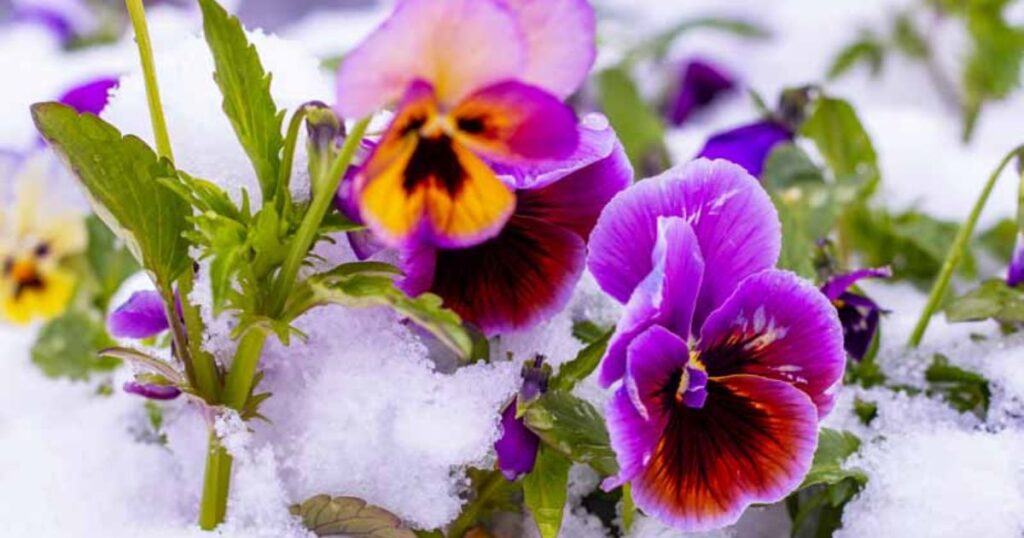
To keep your pansies thriving, follow these care guidelines:
Pansy Sunlight Requirements
Pansies prefer:
- Full sun in cooler climates
- Partial shade in warmer regions
How to Keep Pansies Blooming
- Deadheading pansies for continuous blooms is crucial. Remove spent flowers regularly to encourage more blooms.
- Provide adequate water and nutrients
- Protect from extreme heat
Planting Pansies in Spring or Fall
The ideal planting time depends on your climate:
- Spring planting: 4-6 weeks before the last frost date
- Fall planting: 6-8 weeks before the first frost date
Pansy Watering Tips
- Water deeply once or twice a week
- Avoid overhead watering to prevent fungal diseases
- Use mulch to retain soil moisture
Pansy Lifespan
While often treated as annuals, pansies can live for up to two years in ideal conditions.
Pansy Garden Placement
Consider these factors for optimal placement:
- Sunlight exposure
- Soil drainage
- Protection from strong winds
How to Prevent Pansies from Falling Over
- Plant in well-draining soil to prevent root rot
- Use stakes or plant supports for taller varieties
- Avoid overwatering, which can lead to weak stems
Hanging Basket Pansy Care
- Choose trailing pansy varieties
- Use a high-quality potting mix
- Water more frequently than in-ground plants
Do Pansies Self-Seed?
Yes, pansies can self-seed. However, hybrid varieties may not produce offspring true to the parent plant.
How to Encourage Pansy Blooms
- Provide adequate sunlight
- Fertilize regularly with a bloom-boosting fertilizer
- Maintain consistent moisture levels
Pansy Soil Requirements
The ideal soil for pansies:
- Well-draining
- Rich in organic matter
- Slightly acidic (pH 5.5-6.5)
Pansy Cold Weather Protection
- Use row covers or cold frames
- Apply a layer of mulch around the plants
- Water plants before a freeze to insulate roots
Pansy Symbolism and Cultural Significance
Pansies have long held a special place in literature, art, and folklore:
- The name “pansy” comes from the French word “pensée,” meaning “thought”
- In Victorian flower language, pansies symbolize loving thoughts or remembrance
- Different pansy colors carry various meanings, such as yellow for joy or purple for royalty
Case Study: Successful Pansy Seed Propagation
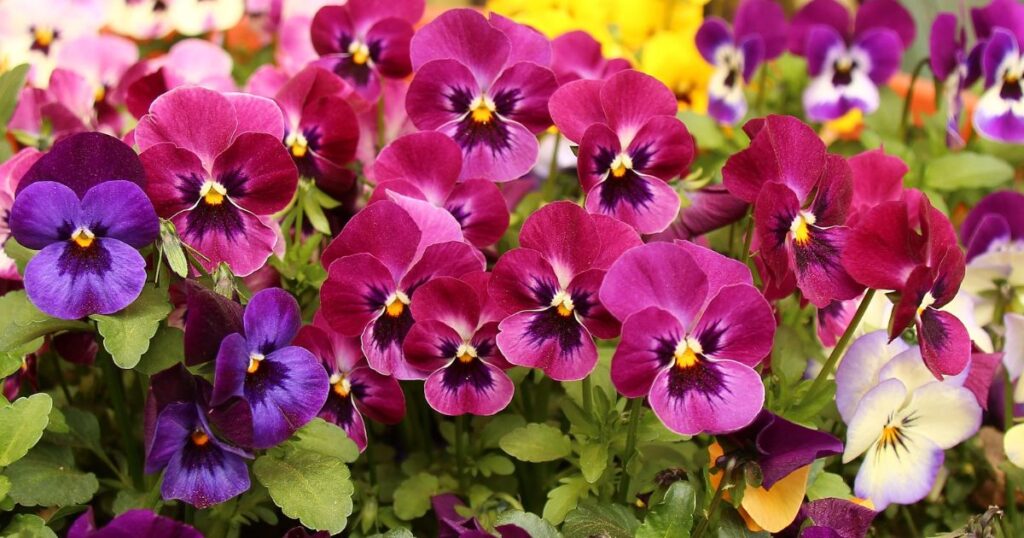
Sarah, an avid gardener from Minnesota, shares her experience
“I started collecting pansy seeds three years ago. At first, my germination rates were low, but after implementing cold stratification and proper lighting, I now have a success rate of over 80%. I’ve even developed my unique color variety through selective breeding!”
Conclusion
Mastering pansy seed propagation opens up a world of possibilities for your garden. From understanding the intricacies of pansy seed germination to perfecting your pansy care tips, this knowledge allows you to create stunning displays and even develop your unique varieties.
Remember, patience and attention to detail are key when working with these delicate seeds. By following the guidelines outlined in this article, you’ll be well on your way to a garden filled with cheerful pansy faces, season after season.
Whether you’re planting pansies in spring or fall, in flower beds or hanging baskets, the joy of watching these plants grow from tiny seeds to vibrant blooms is unmatched. So grab your gardening gloves, and let’s get started on your pansy propagation journey!

I am Alexander James, a seasoned professional with 4 years of expertise, brings passion and skill to every project. Elevate your experience with my knowledge and creativity.
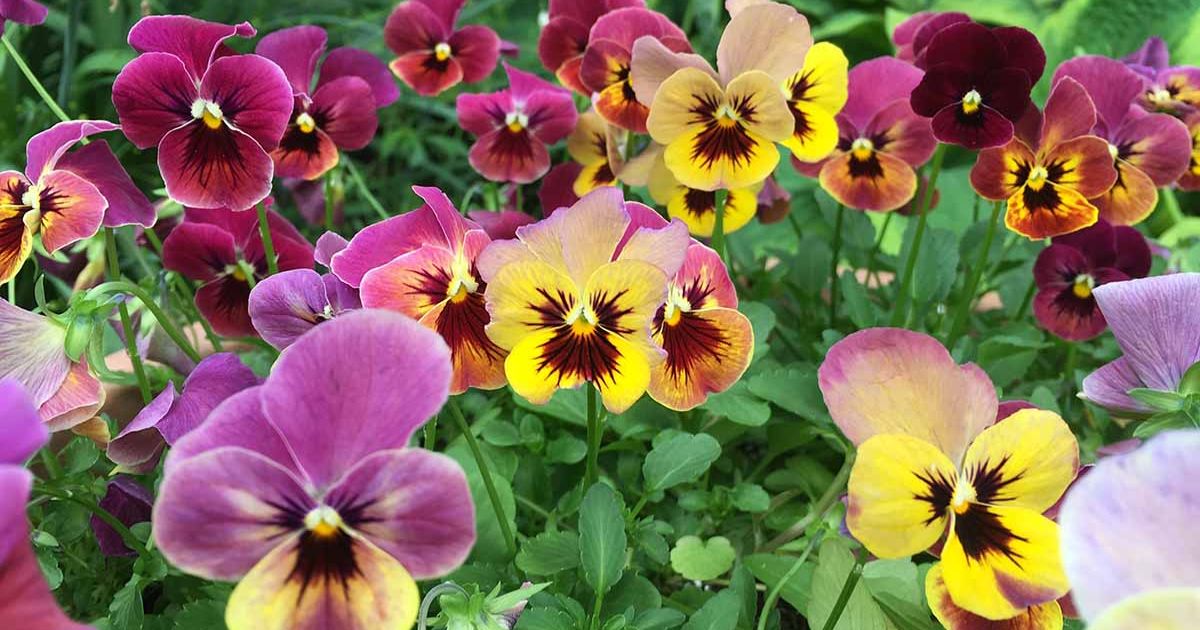

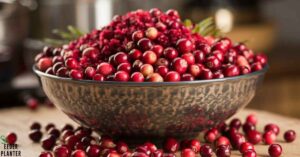
![Hollyhock Seeds: The Complete Guide to Success [2024]](https://seederabout.com/wp-content/uploads/2024/10/Hollyhock-Seeds-The-Complete-Guide-to-Success-2024-300x157.jpg)

